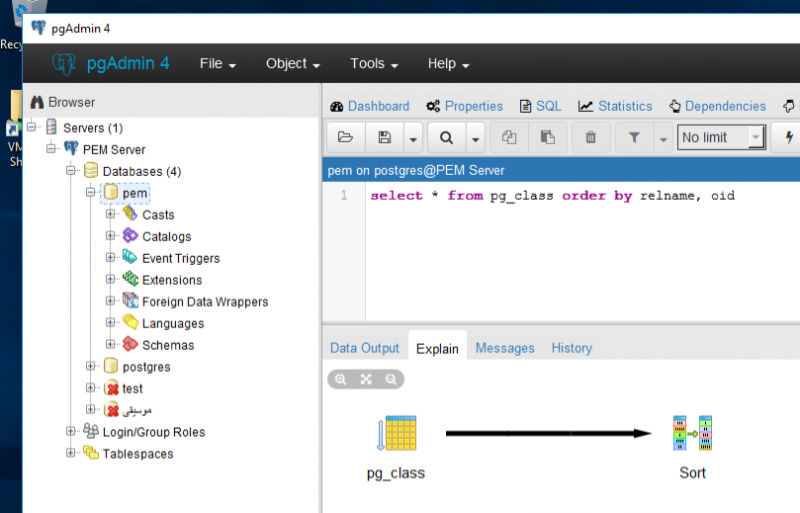

#> # is_focus, is_unscheduled, total_sales Ĭreated on by the reprex package (v0.2.0). #> # brand_name, qty_sales, line_type, is_mss , #> # prod_name, prod_code, outlet_type, categ_name , #> # distributor_code, outlet_name, outletid , #> # beat_name, beat_type, distributor_name , with 69 more rows, and 18 more variables: territory_name , #> 9 Trip… 3272 rajan.d… 96120… Front Li… Reshamba… West Tri… #> 8 Trip… 3272 rajan.d… 96120… Front Li… Dhaleswar West Tri… #> 7 Trip… 3272 rajan.d… 96120… Front Li… Dhaleswar West Tri…

#> 6 Trip… 3272 rajan.d… 96120… Front Li… Reshamba… West Tri… #> 5 Trip… 2107 abhi.ba… 89746… Front Li… Krishna … West Tri… #> 4 Trip… 2107 abhi.ba… 89746… Front Li… Krishna … West Tri… #> 3 Trip… 2107 abhi.ba… 89746… Front Li… Ram Nagar West Tri… #> 2 Trip… 2107 abhi.ba… 89746… Front Li… Krishna … West Tri… #> 1 Trip… 2107 abhi.ba… 89746… Front Li… Ram Nagar West Tri… #> state emp_code salesman mobile role_name order_date area_name zone_name Something like this could work, in this case: library("rjson")

You'd need to go over the imported json and fill-in the missing data with NA. # dbWriteTable(con, newdatatable,"combineddata",overwrite = T ) Any help would be very appreciated, i am struck here library("rjson")ĭbWriteTable(con, "newTable", json_data1, row.names=FALSE, append=TRUE)Ĭombineddata = rbind(json_data1,json_data2)
#Import csv to postgresql pgadmin 4 code#
Unable to find an inherited method for function ‘dbWriteTable’ for signature ‘"PostgreSQLConnection", "character", "list"’" above the line of code "dbWriteTable(con,"newdatatable", json_data1 )". I get the errors as "Error in (function (., row.names = NULL, check.rows = FALSE, check.names = TRUE, :Īrguments imply differing number of rows: 1, 0" above the line of code "json_data1 <- ame(json_data1)" and error "Error in (function (classes, fdef, mtable) : Also, these 2 apis don't have same number of rows, because of which cbind fill is needed, but that doesn't help. My aim is to merge 2 api into a data frame and then store it i a table in pgadmin4. I read them and store them in a data frame and when i try to export it to pgadmin4 to a table, i get errors. If you need to assign coordinate system to geometry than you need second argument in function ST_GeomFromText, e.g. This formula would generate SQL which you can paste into pgAdmin SQL console and execute statements. Then in some column after D you paste formula and copy/paste in each row: =CONCATENATE("INSERT INTO linestringtest VALUES(" A1 ", ST_GeomFromText('" B1 "'), to_date('" TEXT(C1 "dd.mm.yyyy hh:m") "', 'DD.MM.YYYY HH24:MI'), to_date('" TEXT(D1 "dd.mm.yyyy hh:m") "', 'DD.MM.YYYY HH24:MI') ") In that way excel automatically puts data into separate columns. Your separators in CSV file should be semi-colon ( ). Click Ok button Share answered at 10:25 Murtuza Z 5,353 1 25 48 Add a comment 0 You should try this it must work. I'll describe procedure for Microsoft Office but it should be very similar also to do it in Libre Office. Importing CSV file PostgreSQL using pgAdmin 4. If you have Microsoft Excel or LibreOffice you could open your csv file in one of these applications.
#Import csv to postgresql pgadmin 4 update#
UPDATE public.linestringtest set geom=ST_SETSrid ((geom),4326) Įdit: With the additions proposed TABLE public.linestringtest ALTER COLUMN geom TYPE geometry USING ST_SetSRID((geom::GEOMETRY), 4326) ĥ) Open QGIS and see your data, see Figure 2 csv format in the "home" folder on drive C.Ĥ) Now convert the "geom" field from the "text" type to the "geometry" type and if you know your SRID, assign it, in my case it corresponds to 4326ĪLTER TABLE public.linestringtest ALTER COLUMN geom TYPE geometry USING geom ::geometry Note that for the experiment I created a table in *.

csv format to database table,ĬOPY linestringtest (id,participant,geom,startt,endt) FROM /home/linestringtest.csv' WITH (FORMAT csv, DELIMITER E' ', NULL '') Note that the numeric fields have a numeric type, the text fields have a text type, and the temporary fields have a date type in the EXCEL table!Ģ) Create a table in your database for which run the scriptĬONSTRAINT linestringtest_pkey PRIMARY KEY (id)ģ) Now run the script to copy data from your table in *. csv format in PostgreSQL DBMS, and here is one of them.ġ) Prepare your data so that each data set is located in the corresponding cell of the EXCEL table, see Figure 1, If I understand your question correctly, then there are various ways to load data from the *.


 0 kommentar(er)
0 kommentar(er)
